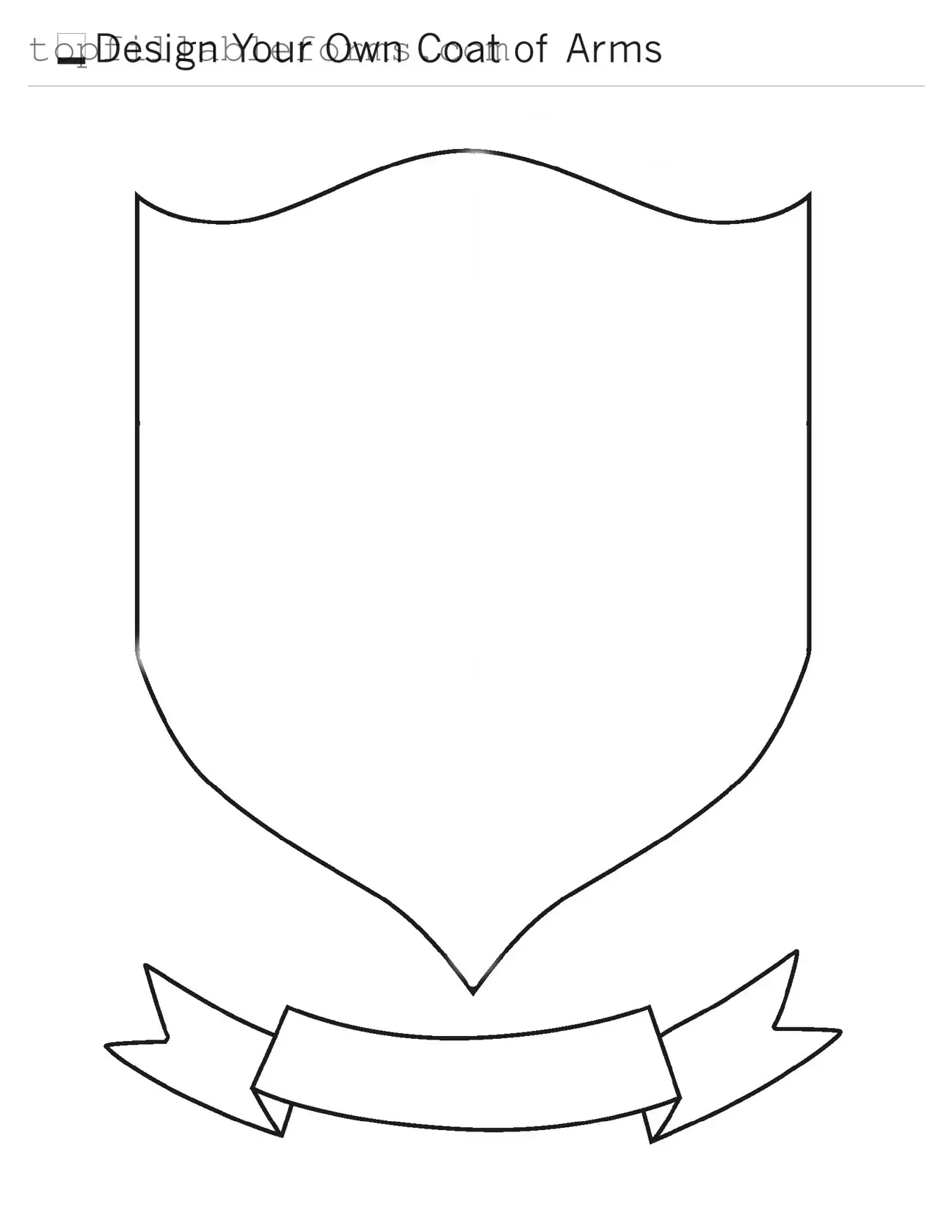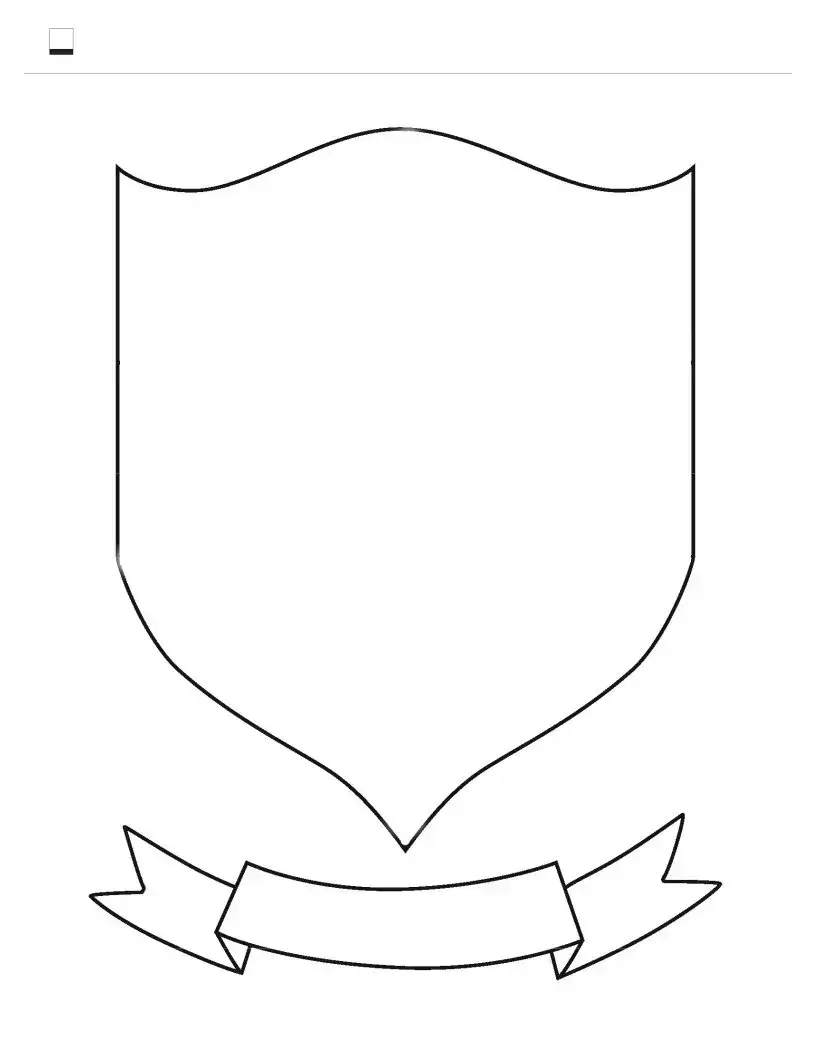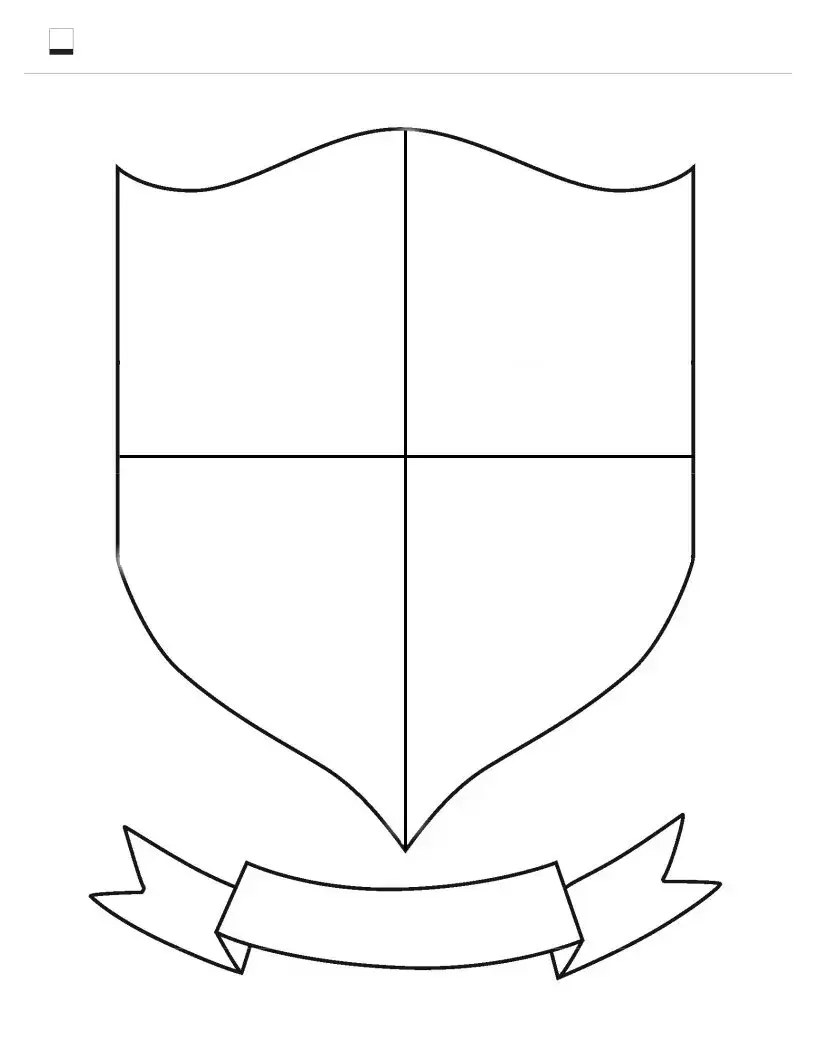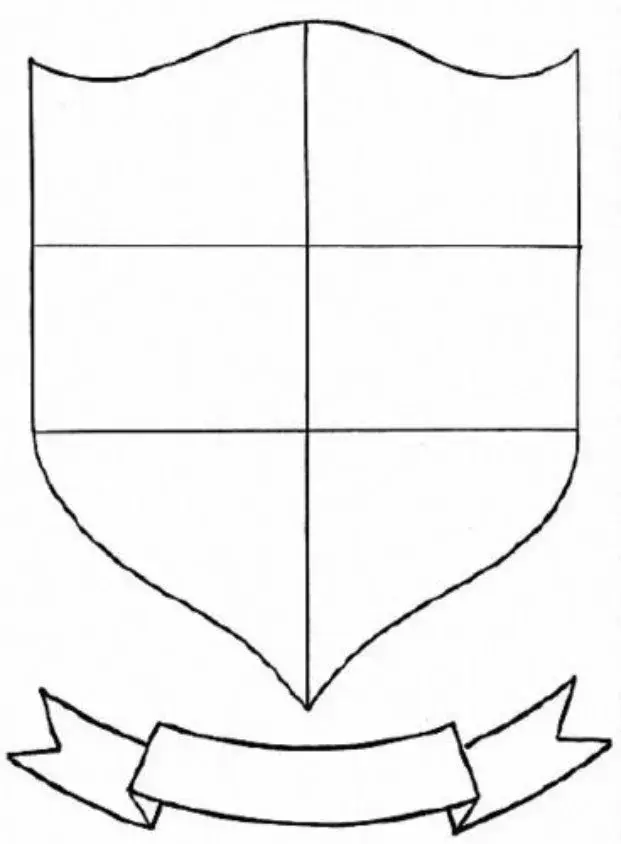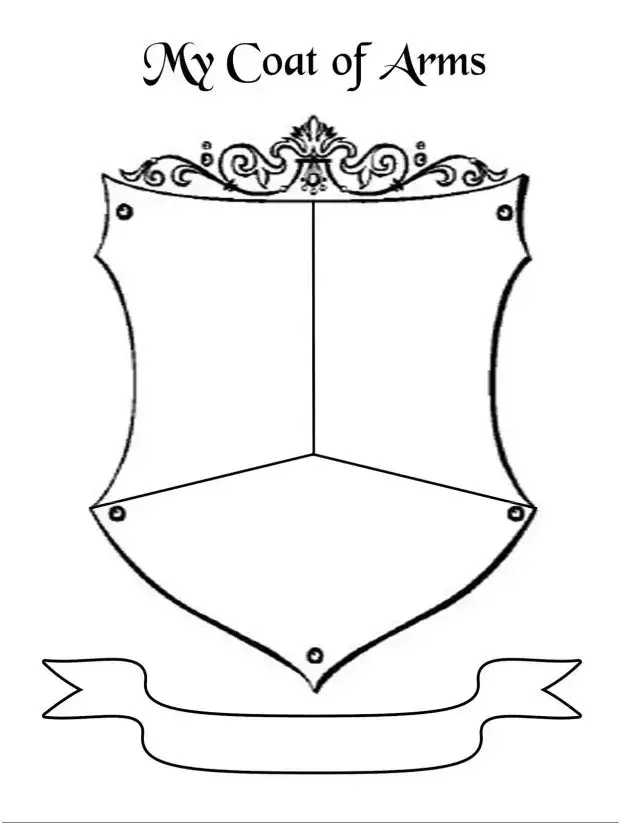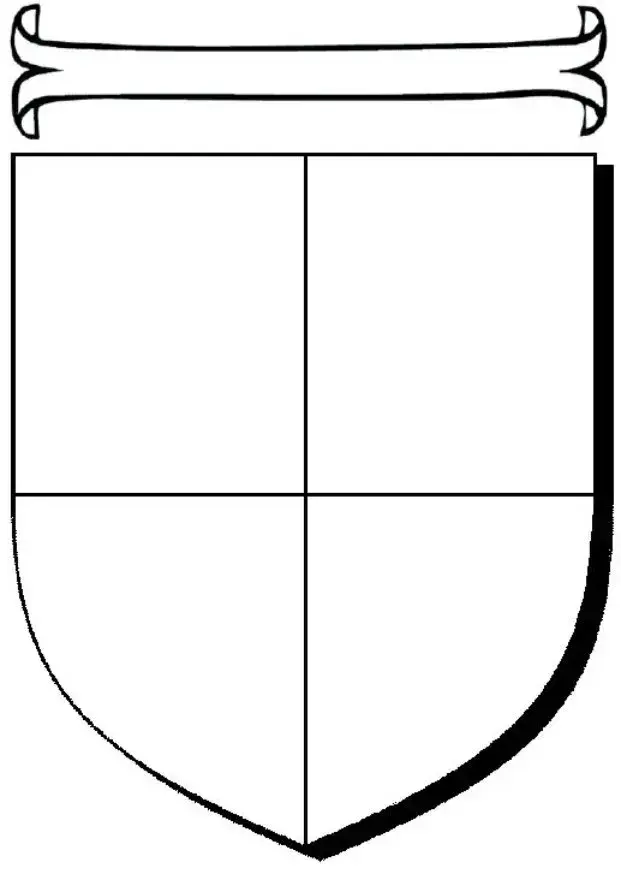Printable Coat Of Arms Form in PDF
The Coat Of Arms form is a document used to officially request the creation or modification of a coat of arms. This form plays a crucial role in heraldry, allowing individuals or organizations to establish their unique identity. Understanding how to properly fill out this form is essential for anyone looking to preserve their heritage or represent their values visually.
Open Coat Of Arms Editor Here
